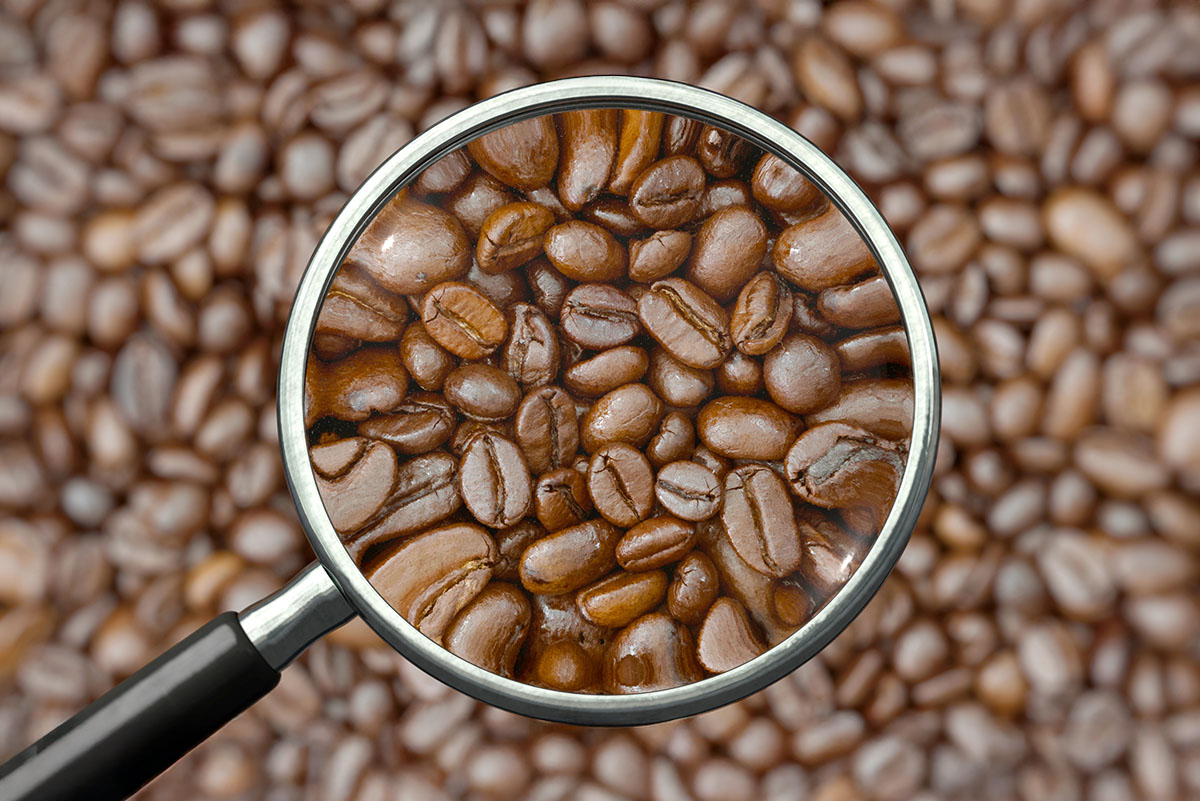Coffee: every day, millions of people drink this earthy flavored caffeinated beverage. To people from all walks of life, all ages, and all genders, coffee is a generational commodity that everyone has heard of, if not tried for themselves. What most people might not know is that the method of growing coffee beans has changed over decades of farming, altering not only the flavor of product, but also its impact on the environment. Something perhaps even fewer people are aware of: shade grown coffee.
What is shade grown coffee?
At face value, shade grown coffee is exactly what it reads as: coffee beans grown in the shade. But what does this mean? It means that the coffee beans are grown under the natural canopy of growth around them that would occur if humans didn’t actively farm the crop for its resources. This often requires growers to implant coffee shrubs into already existing forests, making sure there is very little disturbance to the natural ecosystem already in place. Because it allows the native environment to be left almost entirely intact, this is toted as the most natural way coffee can be grown. It also relies on more traditional cultivation of coffee beans, resulting in higher quality yields while putting the least amount of strain on resources.
Is shade grown coffee worth it?
Absolutely! Sustainably growing coffee in this manner has so many benefits, including giving the coffee a richer flavor that has more genuine accents than sun grown coffees. Another benefit is that shade grown coffee farms create a wonderful imitation of a natural forest, attracting flora and fauna of all varieties. Birds, insects, and plants pollinate and flourish within the lush rainforest style of growth, giving the environment a boost that it really needs. With benefits ranging from preventing organic soil erosion to creating natural water retention and providing a nutrient rich renewable fertilizers, shade grown coffee tastes as good as it feels to create a thriving ecosystem.
With the ecosystem and health of living things in mind, it’s also worth noting that pesticides are at an all-time low with shade grown coffee. The attraction of naturally occurring pest-control insects to the forest-like farms mitigates the needs for chemical sprays, thus reducing the overall pollution to not only the environment, but also our bodies.
What about the flavor?
As stated previously, the flavor benefits immensely. But why? Though opinions on flavor and farming methods differ among coffee enthusiasts, it’s important to keep in mind that quality always surpasses quantity when it comes to something like coffee. Shade growing methods allow the coffee to mature comfortably within a habitat the plant is already used to, rather than forcing it into a high-energy environment under the sun. The plant has to work harder, be watered more, and be given more fertilizer with sun growing methods, stripping the resulting beans of many of their naturally occurring flavors. Shade grown coffee beans tend to have a more bold, robust flavor than sun grown variants, because they draw nutrients from the fruit trees planted alongside them.
What’s the takeaway?
With sun grown coffee plantations replacing native ecosystems at an increasingly rapid rate, it’s more important than ever to keep in mind the impact of choices made for the production of enjoyable things. Promoting better taste, better quality, and better health is the perfect coupling to have alongside working for a more rich environment. Reversing the harmful trend of chemicals and assisting the rebirth of diversifying the rainforests, shade growing coffee is the way it was always meant to grow and is an obviously beneficial solution.







